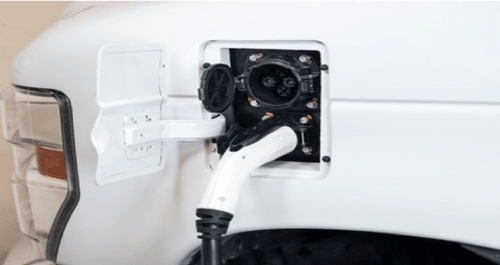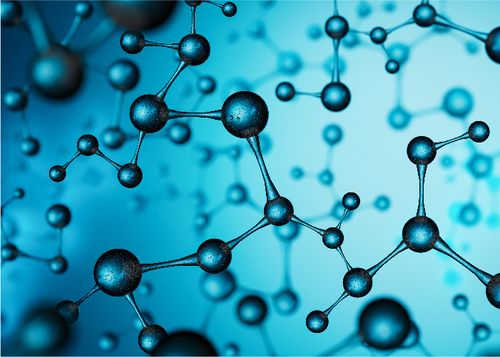Tokamak Energy, the UK-based fusion energy startup, is seeking to raise about $80m in a self-conducted Series C capital raise, President Michael Ginsberg told ReSource.
The company previously hired Bank of America to run a $1bn raise but pulled back on the process in favor of more incremental growth, Ginsberg said. The company has already raised $40m of the $120m Series C and is aiming for a close by mid-summer.
With US operations in West Virginia (where co-founder Mark Koepke is a professor of physics at WVU) and headquarters in Oxford, England, Tokamak was recently included in the US Department of Energy’s multimillion-dollar Fusion Development Program and partnered with General Atomics on advanced magnet technology.
Ginsberg previously worked as vice president of technology and project execution at Avina Clean Hydrogen, where he was instrumental in developing the Nueces Clean Ammonia project in Texas. He said Tokamak is planning to build fusion generation in the United States, but has a magnets business with a near-term return profile.
Magnets business
Tokamak is a developer of high-temperature superconducting (HTS) magnets.
They are developed for fusion to contain plasma energy, but like the semi-conductor business, they’ve had applications in other industries, such as defense, offshore wind turbines, and mineral separation.
First revenue from those magnets, from another fusion company, came in last year, he said. There are ongoing contract negotiations with the US Department of Defense and an imaging device maker that uses magnets.
Rail companies interested in maglev (from magnetic levitation) technology are also in discussions with Tokamak, he said.
Turnaround for that business for investors is expected to be three to five years, Ginsberg said.
Fusion-to-X
Tokamak is planning to develop its first commercial scale plant (COD after 2030) in the US.
Requirements for site selection are dependent on nearby capabilities; if deuterium and tritium are to be used as fuels, there needs to be a nearby facility that can handle those hydrogen-isotope fuels. For example, Oak Ride National Labs in Tennessee can handle tritium.
The other siting concern is use case.
“It could be, certainly, pumping electrons onto the grid, in which case your limited by transmission lines,” Ginsberg said. “But also, we could create industrial thermal energy, thermal heat, and co-locate with decarbonized heavy industry.”
Co-location with data centers is another option, he said. Tokamak is also exploring hydrogen production.
“Obviously you could do the traditional electrolysis process, and we’re talking to some companies that just need electrons to convert the H2O into hydrogen and oxygen, and they want baseload power to do that as opposed to intermittent power,” he said. “Also, there’s thermal energy and thermal processes to produce hydrogen that we could use from the fusion reaction.”
Ginsberg, who oversees US operations at Tokamak, was hired following the DOE award.





